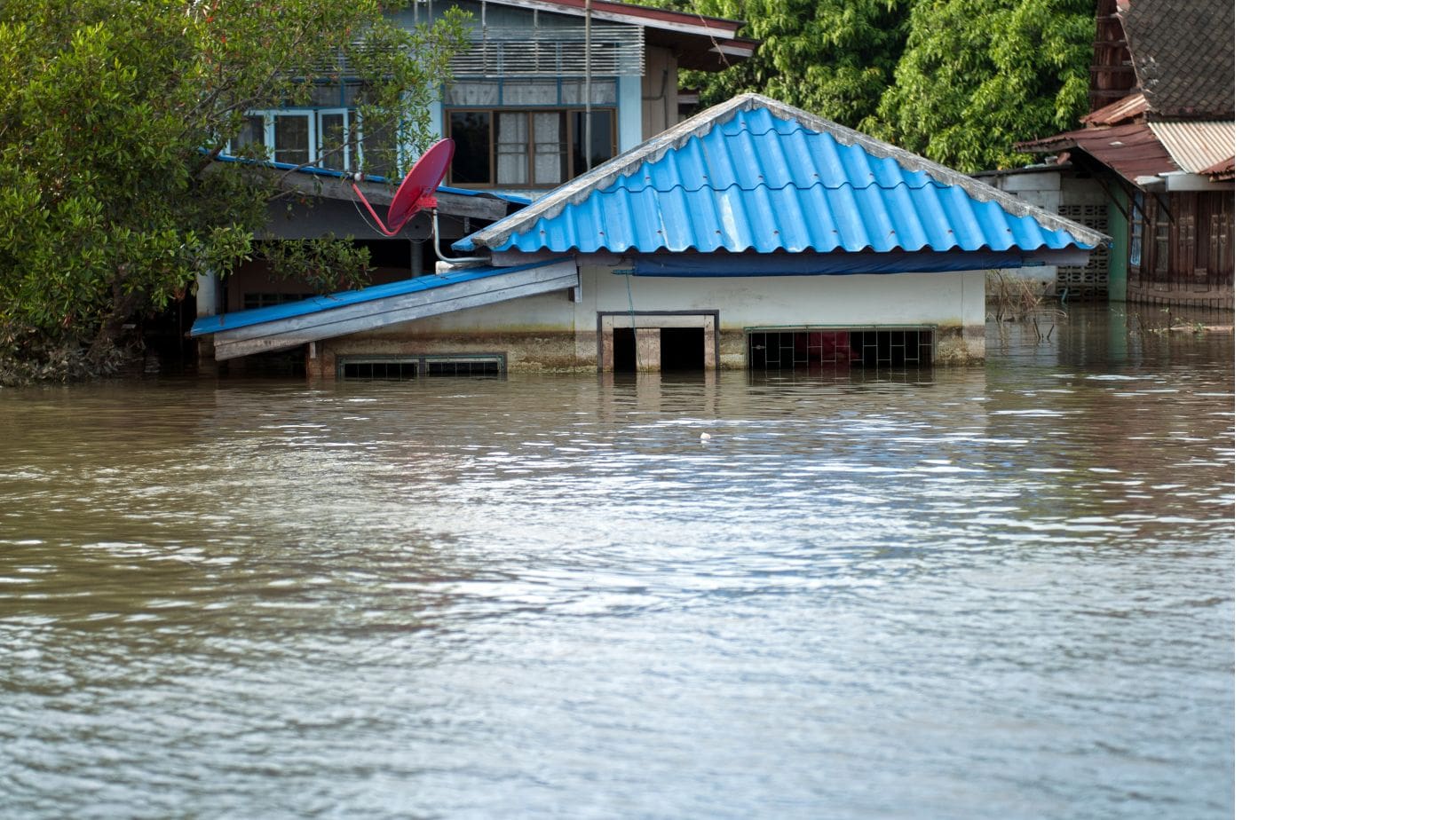
Why Should Flooding Be a Consideration When Purchasing Property in Costa Rica?
The question asked in this article title may appear to have a very obvious answer. However, the inquiry required in Costa Rica is much more extensive than a would-be property purchaser may first envision.
The majority of properties for sale in Costa Rica are offered by sellers during the “dry season,” which, for most of the country, runs from December to May. This period also coincides with the “tourist high season,” when the greatest number of would-be property purchasers are in the country. Properties viewed during this period may have a totally different complexion than at other times of the year, especially when tropical rains abound during the “wet season” or “green season.”
Also, the climate in Costa Rica is affected in a dramatic way by the El Niño, or La Niña, ocean currents in the Pacific Ocean, occurring adjacent to Costa Rica. The year 2022 saw the effects of the La Niña ocean current, which tends to produce much heavier rainfall than what an El Niño ocean current generates. Instances of flooding were higher than usual in 2022, including in many areas that have not had a previous history of flooding.
Sources of property flooding
Obviously, many properties present no flooding issues, such as elevated properties, with all adjoining properties sloping away. However, a review of a property survey plan may show an internal watercourse, or one located on a property boundary, which should require further investigation.
As a general environmental rule, no property development may take place within 15 meters on either side of a watercourse. If a dry creek bed or other watercourse is visible during the dry season, on or near a property under consideration, further due diligence is required. A dry creek bed during the dry season can become a raging torrent of water during a wet season tropical downpour, and flooding may occur.
Seller declaration in purchase and sale agreement
Sources of property flooding may not be readily apparent, especially during the dry season. Also, annual variations in the climate due to the El Niño and La Niña ocean currents may produce a potential for flooding in some years but not others. Rapid regeneration of undergrowth may “mask” an area that has previously been a source of flooding.
When there is any possibility that flooding may be an issue, it would be wise to have a clause in the property purchase and sale agreement, where the seller declares that the property does not have a history of flooding.
Municipal inquiry
Another source of information about potential flooding issues is in the offices of the municipality where a property is located. This is a particularly important inquiry to make if the property to be purchased is a building lot, with no existing construction. The existence of a history of flooding can be a bar to having a building permit granted in the future.
My opinion
The majority of you reading this will be expats, who have moved or are considering moving to Costa Rica from the U.S. or Canada. While flooding does exist in both of those countries, government oversight with respect to clearly defined restrictions and regulation of development in such affected areas exists at a much higher level of enforcement than in Costa Rica.
In addition, municipalities tend to be lax in their cleaning of storm sewers and natural water courses from accumulated garbage and debris in urbanized areas, prior to the commencement of the wet season in any given year. This adds to the likelihood of flooding occurring.
In Costa Rica, a flooding problem may rightfully be considered a “hidden defect” during the dry season. The general advice that I would give is for the flooding issue to be front and center on your list of due diligence items to consider. I would also advise not purchase a property with a watercourse on or adjacent to the property under consideration.
For more information and answers to your questions on diverse legal topics, visit Costa Rica Canada Law: www.costaricacanadalaw.com
Read more business articles:
